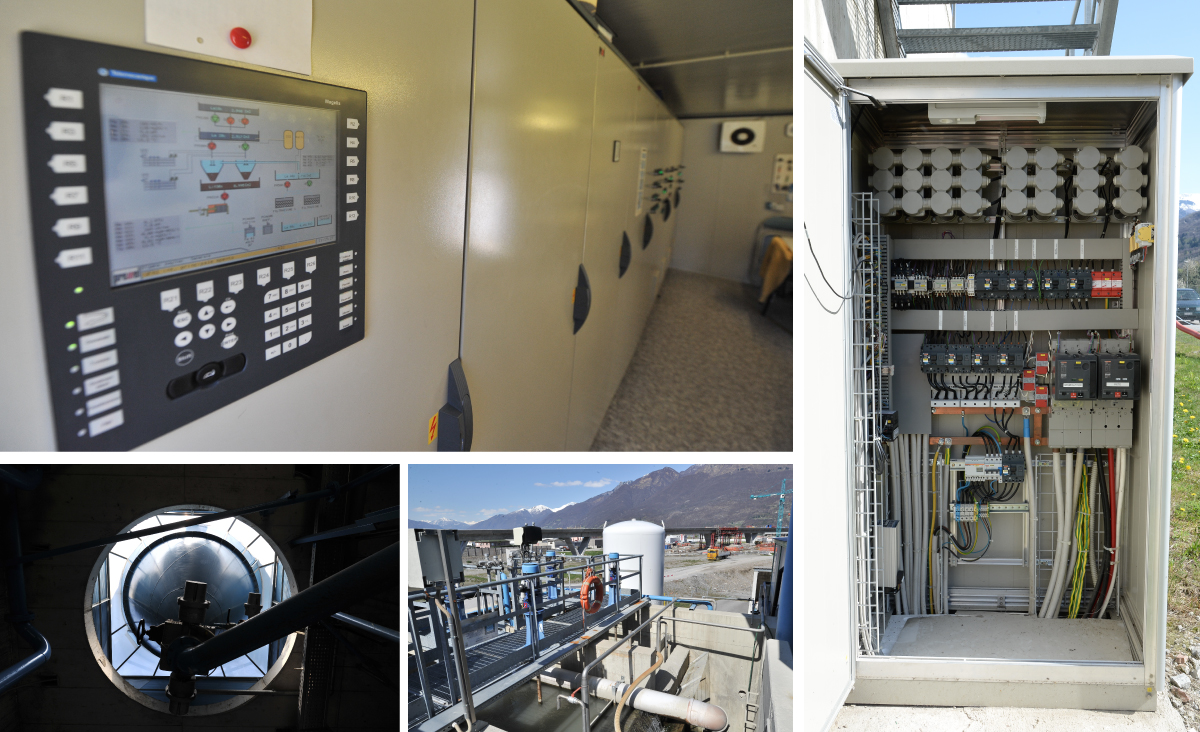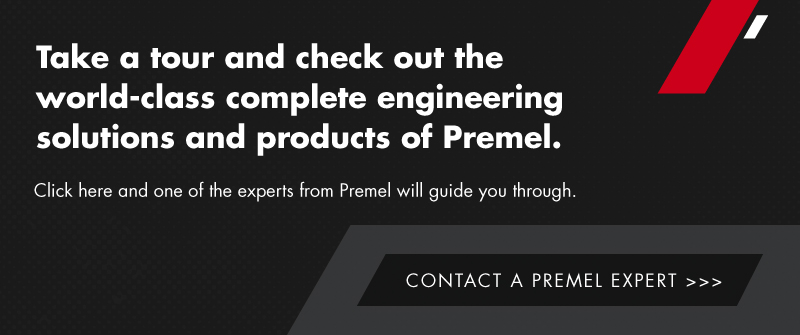A water treatment and purification plant require specific machinery to stay up and running, including hi-tech power management solutions. Energy costs can make up to one-third of the total operating expenditures of a water treatment plant, regardless of its size. This article will explain how PLC programming works in water treatment and purification facilities.
Programmable Logic Controller (PLC)
A PLC is vital in controlling industrial electromechanical processes, including automation. PLCs can be customised to fit specific needs and vary in size depending on the demand. Because they’re easy to customise and operate, PLCs can be found across several industries. There are five standard languages for PLC programming: Structured Text, Function Block Diagram, Ladder Logic, Sequential Function Charts and Instruction List.
PLCs have three types of functions: CPU, inputs and outputs. The CPU processes the input data, which is the data that comes from machines and other appliances on the factory floor. Then it analyses this data and decides and executes the output based on programmed parameters. The CPU can also be fed human-facilitated information through button pushes, electrical panels, keyboards, touchscreens, card readers and sensors.
The CPU handles two types of inputs: those provided by humans and those from the machines connected to them. Because an electrical PLC control panel is a crucial part of managing water treatment and purification systems, it’s also possible to restrict access to authorised personnel. For instance, only workers with specific keys can access an electric control panel board.
Key Advantages
There are many advantages to using PLCs in the management of water treatment plants. They’re more customisable than hardware, switches or wires, so that they can be adapted to new demands more efficiently. PLCs can also be remotely controlled via desktop or the app when connected to the internet. Additionally, they can work with VFDs (variable frequency drives), MCCs (motor control centres), HMI (human-machine interface) software and data-collecting systems. Some industries that use PLCs more extensively include livestock production, food processing, agriculture fertiliser and grain handling.
How It Works
PLCs are programmed to work in cycles, processing all inputs and deciding the output according to the logic created by the user. The PLC must first collect information from all the devices connected before switching them on or off. In the final step, the PLC communicates with programming terminals and internal diagnosis to ensure the adequate functioning of all the appliances on the factory floor.
PLCs communicate with other devices using a method called “poll-response”. This method constantly checks all the devices connected to the computer to assess such devices’ conditions and collect any new information. This communication is facilitated when all appliances are close to each other.
However, as more industries adhere to the IIoT, the Industrial Internet of Things, more remote locations can be added and controlled via an electric gate control panel. It means the distance between devices and computers won’t be of much importance anymore. The expansion of IIoT networks allows PLCs to work with a wide range of auxiliary software and automate even more tasks. It can also work with PACs (Programmable Automation Controllers), increasing the functionalities of the industrial hardware.
Water Treatment Systems
Several industries must have their own water treatment systems for consumption or adequate disposal. The methods and machinery involved depend on the facility where it takes place and the expected demand. These systems vary according to the purpose of such treatment. Still, there are four types of treatment systems, as explained below.
Raw Water Treatment
For industrial purposes, any untreated source of water is considered “raw water”. Examples of raw water include rainwater, wells, groundwater, rivers, etc. The process of treatment and purification of this water will depend on the purpose of this water. Standard methods include clarification, disinfection, filtration, lime softening, flocculation and sedimentation.
Boiler Feed Water
This system protects boilers from impurities that may come into the water, such as suspended or dissolved solids and organic material. Not treating this kind of water can damage the boilers, which will be more liable to corrosion, scaling and fouling.
Cooling Tower Water
As in the boiler system, cooling tower water systems are designed to protect cooling towers from contaminants like sulphates, chlorides, silica, hardness, biological materials, iron, TDS (Total Dissolved Solids) and TSS (Total Suspended Solids). However, this system uses different treatment processes. In this case, chemical addition, side-stream filtration, softening and post-treatment are the most common options.
Processing Wastewater
Treating wastewater is a constant challenge since everyone produces large amounts daily. There are billions of gallons of wastewater reaching the sewage system daily. As the worldwide population increases and cities get even more significant, recycling water for drinking purposes becomes a matter of sustainability.
PLCs and SCADA systems became powerful allies in this process. SCADA stands for “Supervisory Control and Data Acquisition”. SCADA systems monitor and control automated processes. PLCs supervise unit processes, like filtering and different chemical treatments, while SCADA communication networks collect data from different points of the distribution system.

Electrical Panels and PLCs by Premel
Premel is a global leader in electrical engineering solutions for various industries. Since 1947, this Swiss company has provided electromechanical equipment for different purposes. Premel is certified and strictly follows ISO 9001 standards, which reflect on the quality and reliability of the products and services.
Over the years, Premel became a one-stop station for electrical control panel components, panel boards, wiring and more. Additionally, Premel has a pool of highly trained professionals, including environmental engineers and technicians, ready to offer world-class services after sales. Such services include electrical panel replacement, an electrical panel upgrade, electrical control panel wiring and more.
Premel can develop the best electrical panel design for varied business purposes. It also provides automated solutions for the management of electromechanical appliances. You’ll find the right equipment for industrial water treatment services and large-scale water treatment plants here with Premel. Learn more about Electrical Panels and Switchboards from Premel.
